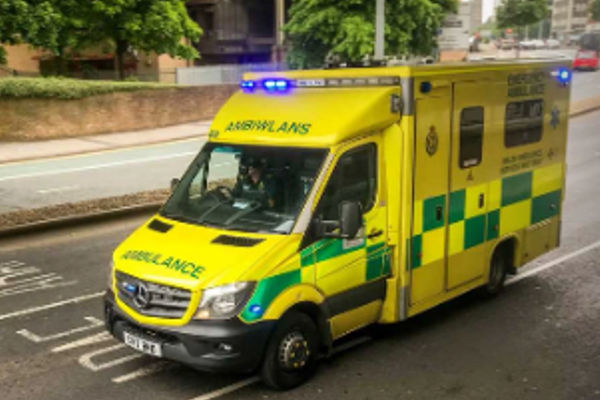The global shift towards electric vehicles (EVs) and hybrid electric vehicles (HEVs) is transforming multiple industries, including healthcare and medical tourism. As sustainability becomes a priority, integrating green transportation into healthcare logistics can revolutionize patient mobility, emergency response, and hospital operations. For companies like Bizaario Care, which focuses on providing cost-effective medical treatment in India for international patients, leveraging EVs and HEVs can enhance efficiency while reducing environmental impact.
The Growing Importance of EVs and HEVs in Healthcare
EVs and HEVs are rapidly becoming the preferred choice for urban transportation due to their lower emissions, reduced fuel costs, and government incentives promoting their adoption. In the healthcare sector, these benefits translate into more sustainable and cost-effective patient transport solutions. Electric ambulances, hybrid medical taxis, and green hospital fleets can significantly reduce carbon footprints while ensuring seamless patient mobility.
EVs & HEVs in Medical Tourism
Medical tourism involves patients traveling across borders for high-quality, affordable healthcare. Efficient transport plays a crucial role in this process, ensuring patients reach hospitals safely and comfortably. Here’s how EVs and HEVs can support medical tourism:
- Sustainable Patient Transportation: EV-powered medical taxis and hybrid ambulances can be used for transporting patients from airports to hospitals, reducing their overall travel costs and carbon footprint.
- Eco-Friendly Emergency Response: Electric ambulances equipped with life-support systems can provide faster and cleaner emergency services, benefiting both local and international patients.
- Lower Costs for Healthcare Providers: Hospitals and medical tourism facilitators can cut fuel and maintenance expenses by adopting EVs and HEVs, making healthcare even more affordable for international patients.
Benefits of EVs & HEVs in Healthcare Logistics
- Cost Savings: Traditional fuel costs are rising, making EVs and HEVs a cost-efficient alternative for patient transport services and hospital logistics.
- Reduced Operating Costs for Ambulances: Traditional ambulances run on diesel or petrol, leading to high fuel and maintenance expenses. EV ambulances, on the other hand, offer lower operating costs in the long run due to reduced fuel consumption and fewer mechanical parts requiring maintenance. Over time, this translates into significant savings for hospitals and emergency medical services, making healthcare more financially sustainable.
- Reduced Air Pollution: EVs produce zero tailpipe emissions, improving air quality around hospitals and benefiting patients with respiratory conditions.
- Enhanced Patient Comfort: Electric vehicles operate with minimal noise and provide smoother rides, ensuring greater comfort for critically ill or post-surgical patients.
- Integration with Smart Healthcare Systems: Many hospitals are adopting AI-powered logistics. EV fleets can be seamlessly integrated into hospital operations, ensuring efficient transport of medical personnel, equipment, and patients.
Challenges & Future Opportunities
Despite the benefits, certain challenges exist in adopting EVs and HEVs in healthcare. Charging infrastructure remains a limitation, especially in developing countries. However, innovations such as battery-swapping stations and mobile charging solutions are promising. Additionally, government policies encouraging EV adoption in the healthcare sector can accelerate this transition.
For medical tourism companies like Bizaario Care, investing in sustainable transport solutions can improve patient experiences, lower operational costs, and reinforce India’s position as a global healthcare hub. As the industry evolves, embracing EVs and HEVs will not only contribute to a greener future but also enhance the overall efficiency of healthcare services worldwide.

















